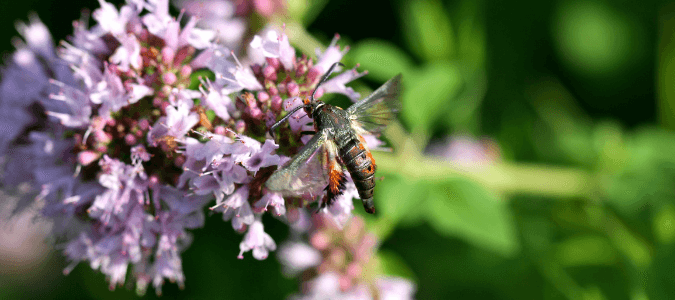
Squash is a very versatile vegetable. You can use it in salads and soups to up the nutrient profile. Some prefer it fried in copious amounts of butter for a delicious, yet simple side. Still others choose to turn it into a number of delicious and hearty casseroles.
Given all the ways you can use this plant, it’s no surprise that many homeowners add some summer squash to their garden. Say you decided to as well and followed all the best practices: planting after the last frost; choosing a well-drained, sunny area; using compost; adding a slow-release fertilizer; planting only a few seedlings per “hill”; keeping the hills three to four feet apart and watering early, so the leaves had plenty of time to dry.
Just as the plants started to grow, the wilting began. No matter what you did, you couldn’t seem to do anything to help the situation. Sadly, the plants withered and died as if they were being sucked dry from the inside.
Sadly, this can happen when you do everything “right” in trying to grow squash.
What’s going on? Squash vine borers.
Squash vine borers (SVBs) are one of the most frustrating bug pests around. Not just because they can take out entire crops of squash, but also because of how they do it.
These critters literally burrow inside your squash plants so they are invisible, then proceed to disrupt the flow of nutrients and water. They essentially suck your plants dry from the inside. The invisible part is particularly frustrating because in many cases, you won’t even know they are there until it’s too late.
Worse, these are especially tenacious bugs. Even if you do notice them or realize they’re causing your problem, they are incredibly difficult to get rid of, typically requiring a mix of chemical and non-chemical methods.
In this post, we’ll tell you what you need to know to manage the pest problem if you are struggling with a squash vine borer infestation.
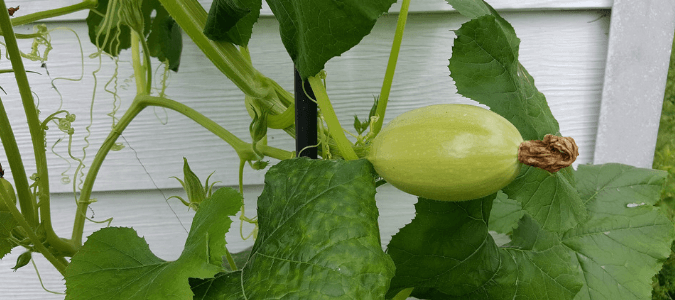
What To Look For: The Squash Vine Borer Life Cycle
Whether you are learning how to start a vegetable garden from scratch or are already an experienced gardener, unfortunately, your plants are vulnerable to a number of pests, including borers. In order to manage a squash vine borer problem, you first have to know what you’re looking for. That means being aware of the signs you might have a problem and understanding the bugs’ life cycle.
After SVBs hatch, the larvae bore into the stems of squash plants. Because the bugs feed on the center of the stems, they cut off water and nutrients to the plant, causing it to wilt. This process goes on for about four to six weeks.
If you were to carefully cut open a stem of one of your squash plants during this period, you might find a cream-colored caterpillar about an inch in length with a brown head. This is the squash vine borer larva.
At this point, there are several signs that you might notice on the plant itself:
- Leaves wilting
- Holes at the plant’s base where the larvae burrowed inside
- Sawdust-like frass colored anywhere from orange-yellow to green
- Rotting in the stem
Once the larva has feasted for that four-to-six-week period, it will leave the stem and dig a few inches down into nearby soil to pupate. SVBs pupate throughout the winter, emerging as adult moths in late spring or early summer.
These insects can remain active as adults throughout the summer and even into November or December in our warm southern climate, laying their eggs at the base of squash plants to start the cycle all over again.
People often confuse adult squash vine borers with wasps because their body type is similar. However, you can identify them by their distinctive black bodies with feathery orange scales on both their abdomen and legs.
Additionally, these moths are unusual because they are active during the day rather than at night. Of course, you can notice these creatures hanging around your squash plants to lay their eggs.
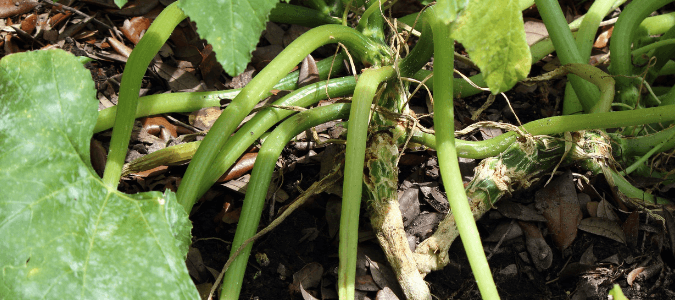
Why Watching For Squash Vine Borer Eggs Is So Important
As mentioned above, SVB larvae burrow into the stems of squash plants as soon as they hatch. Because of this, the best time to catch them and prevent damage to your crop is before this happens.
That means being able to identify and get rid of the eggs—or prevent them from ever being laid. So, what do squash vine borer eggs look like?
They are very, very tiny—about one-tenth of an inch or smaller. Additionally, adults often lay them on the underside of leaves, making them harder to spot if you’re just giving your plants a once-over. However, if you take the time to thoroughly examine your plants and turn the leaves over, they are quite noticeable because of their orange-red-brown color. Also make sure you check out the base of your plants, because eggs are commonly laid there as well.
If you come across eggs, one of the best defense methods is to simply remove them. The larvae can’t bore into your plants if they don’t hatch next to them!
Alternatively, it is possible to destroy the larvae with insecticides, but you have to carefully time it so the eggs are hatching at the same time, which is not an easy task.
A smarter bet is to engage in tactics that will decrease the likelihood of adult SVBs laying their eggs on your squash plants in the first place. How do you do this?
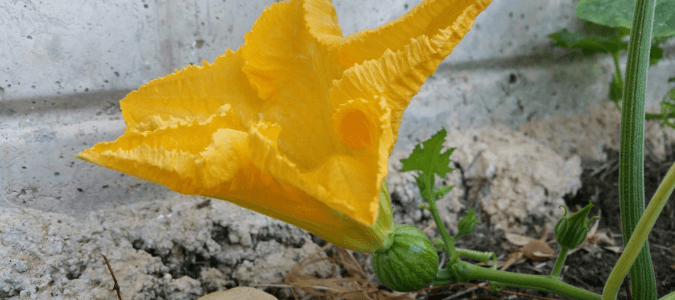
Squash Vine Borer Aluminum Foil “Shield” And Other Tactics
One set of methods that many people have had success with is to cover their plants with some kind of barrier. Done correctly, this can keep larvae from being able to burrow into stems—and even stop adults from laying their eggs entirely.
There are a couple of different ways to “shield” your plants.
Aluminum Foil
Covering the stems of your plants with an aluminum foil barrier can prevent SVBs from laying eggs and make it difficult for any larvae that do hatch to burrow inside. Strips of nylon stockings can work in a similar way.
Floating Row Covers
These lightweight fabrics are designed to let in wind and sun, but also stand up to the elements and (if the edges are buried and secured) keep out pests like SVBs.
Because they’re covering your plants, adult squash vine borers won’t be able to get in to lay their eggs, and you won’t have to worry about larvae hatching and burrowing into your plants.
There are a couple of things to know before trying this method, however:
- It should not be used in an area where you had an SVB problem the previous year. This is because squash vine borers pupate under the soil. It does no good to cover your plants if you’re trapping adult vine borers inside with your plants. To use this method successfully, either plant in a new area or make sure to till the ground thoroughly first to uproot any pupae.
- You’ll have to hand-pollinate or remove the cover once the plants bloom. Many people find hand-pollinating too tedious and time-intensive. In addition, if you remove the cover after your plant’s bloom, this will allow bees to pollinate them and you may still end up dealing with SVB issues.
How can you deal with squash vine borers during other life cycle stages?
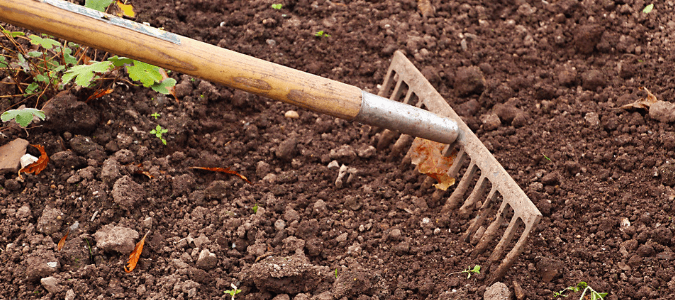
Homemade Squash Vine Borer Traps: Other Control Methods
One thing experienced gardeners have learned by dealing with countless SVB infestations is that there are many ways to minimize their impact on your garden.
For Adults
To help prevent your garden from becoming a borer’s paradise, you can do the following:
- Use yellow. Adult SVBs are attracted to the color yellow. Because of this, some people have had success putting out yellow bowls filled with soapy water (the moths fall in and die) or yellow sticky traps (the moths fly over and get stuck).
- Remain vigilant. The best time to catch adults is around dusk and dawn. If you head out to your squash plants around this time, you may notice adults buzzing around and be able to catch them.
For Pupae
It’s not just adults you have to worry about. To target borer pupae, try to:
- Till the earth. Squash vine borers will winter under your soil if you let them—so don’t. Tilling the land will bring pupae to the surface where birds and the elements can deal with them.
For Larvae
What about the larvae? There are a few methods you can experiment with to see what works best:
- Use diatomaceous earth (DE) around the base of your plants. If any eggs hatch, this natural garden pest control measure may kill the larvae before they get a chance to burrow into your stems.
- Slit and remove. If you notice what appears to be an infected stem early enough, you can manually remove the larvae by cutting a slit in the vine and pulling it out. You can even encourage new root growth by covering the cut with soil.
- Insert a wire. Instead of cutting into your plant, if you notice a burrow hole, an alternative method is to take a thin, sharp wire and slide it into the hole in the hopes of, essentially, skewering the larvae.
- Pull up and destroy all leftover plant vines quickly. You may think that SVBs are done after your squash are harvested and the plants seem to be dead or dying, but this is a mistake. Quite often, larvae will continue to develop inside the vines until they’re ready to climb out and burrow into the soil—unless you dig up the vines and get rid of them. You should also do this with any plants that have been killed by borers during the season as well.
Unfortunately, here’s the truth about all of these methods: they’re difficult and time-consuming. None of these methods will completely solve the problem by themselves. For maximum impact, you need to take a holistic approach, which naturally takes even longer.
ABC Can Handle Your Garden Pests
Squash vine borers are tough little creatures. If you really want to minimize their impact, you need to take a multi-pronged approach that involves both control and prevention. At ABC Home & Commercial Services, our experts understand what it takes to not only get your infestation back to a manageable level, but also how to arm you with the tools you need to reduce SVB impact going forward. In addition, our pros can help you with any other outdoor pests so that you can enjoy the full bounty of your garden.
